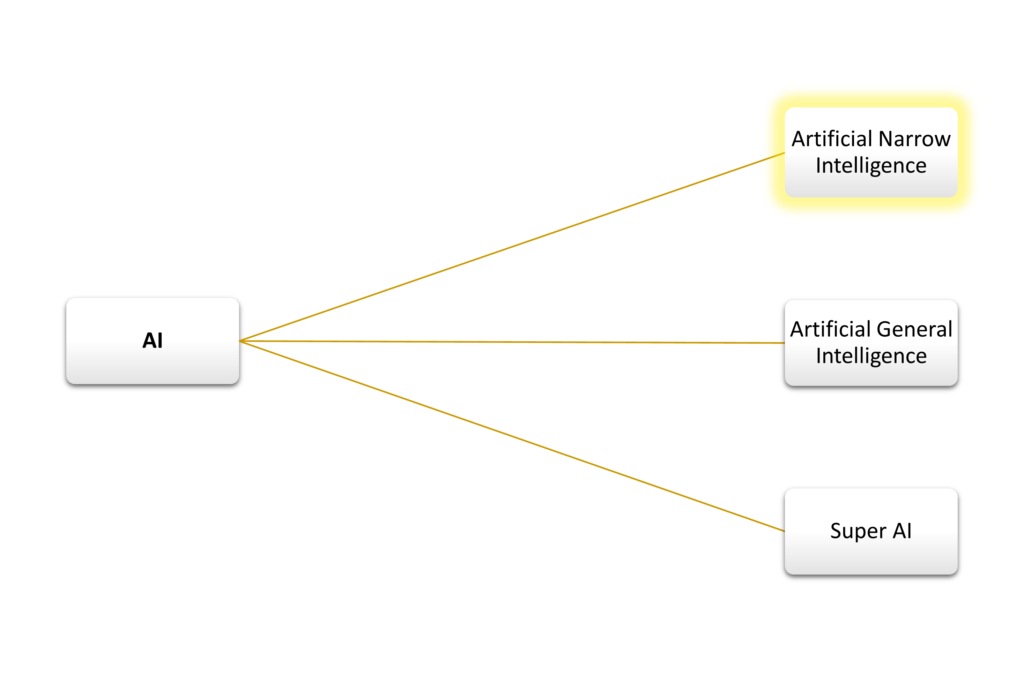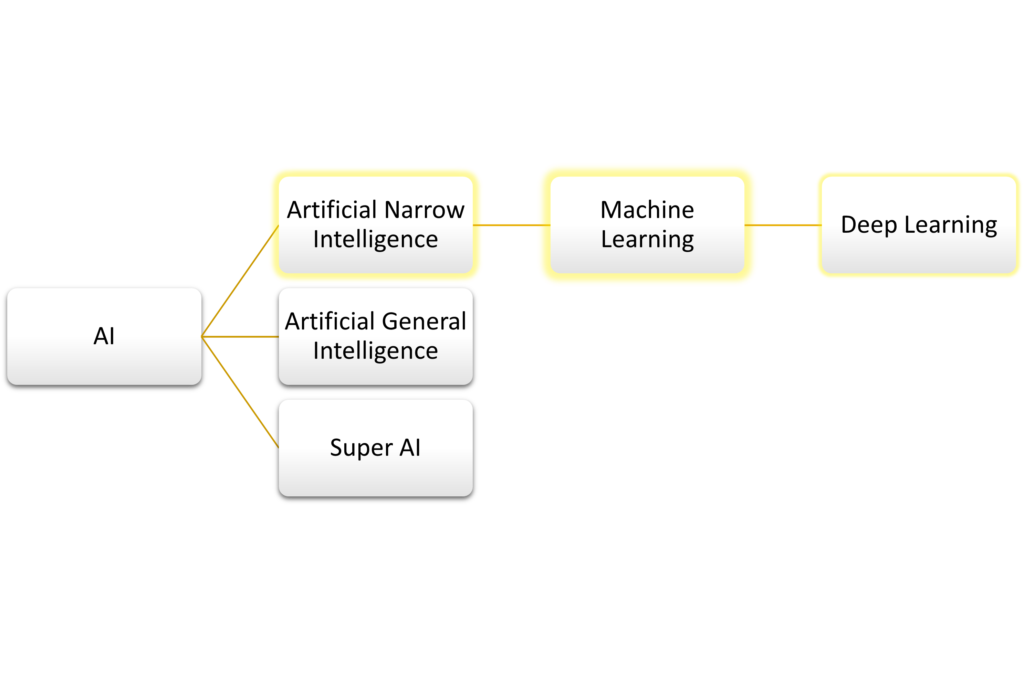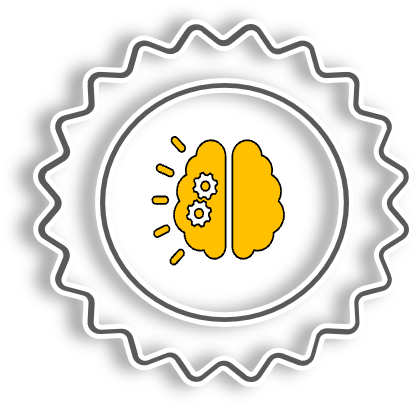During 2023, I started a two-year Master’s Degree in Digital Technology with a specialism in data analytics. This had a lot of focus on AI and machine learning, for obvious reasons.
Inherent Bias
“Some people say that intelligence without ethics isn’t intelligence at all ” – Coded Bias, Netflix (2020)
From the outset I wish to acknowledge the importance of ethics and bias-control within the development and use of AI. I will post a dedicated article on the matter.
Is it AI?
Prior to studying the subject area, I have to say I was somewhat sceptical when products and services were advertised stating they “use AI”.
Part of that scepticism was due to within my day job in the telecommunications industry, specialist suppliers would often claim AI being used within their solutions, but when pressed upon the specifics were cagy at best, all claiming it being proprietary so they weren’t in a position to elaborate. So from a layman’s perspective, how can you tell?
Another part of the scepticism was due to what is actually a paradigm shift in thinking. As a programmer, it is very easy to be tunnel-visioned into code branches, thinking of every problem as a flow chart of possibilities (if…else…then), repeating code (do while…loop) and crashing out due to exceptions (on error) or simply dictating the end of a flow (end).
Software testing or business requirements mappings often take these branches of code to build a matrix to prove compliance or coverage. So all is good… so long as it is within the boundaries dictated.
I would see an advert, a promotion or an article and ask myself, what makes this AI?
What is AI?
When I myself first looked up “What is AI”, I was presented with many well-written descriptions from a variety of sources. There wasn’t however a consistent or unambiguous description to a beginner.
Take an academic school subject such as Science. We know that branching off of Science are Physics, Chemistry and Biology. For each of those subjects will be syllabus items such as Science->Biology->Cell Biology. This could be represented in a basic hierarchy diagram such as this:

So what would a similar diagram for AI look like? A good starting point was an article written by IBM in 2023 identifying at a high level, 3 types of AI but acknowledging that only one of those three types are currently in existence, the other two being theoretical. Which creates a nice starting point:

This enables us to build upon the one item that exists today – Artificial Narrow AI. Should Artificial General Intelligence and Super AI evolve into a reality, then it will be likely this diagram will need to be re-written as they will likely share methods with Narrow AI.
Next, we must consider the types of AI methods which are applicable at this level. Machine Learning is the key method of AI, which itself can be broken down further. The diagram would now look like this:

There is a subset of Machine Learning called Deep Learning. Deep Learning uses neural networks that can learn and make intelligent decisions on it’s own with little human intervention compared with traditional machine learning – but we will come back that in a later chapter, for now we just need to acknowledge it in our diagram:

Machine Learning itself has 4 key types which we will investigate in the next chapter. For reference, those types are:
- Supervised Learning
- Unsupervised Learning
- Semi-supervised Learning
- Reinforcement Learning
Adding them to the diagram may start to look a little messy, so let’s redesign it a little for ease of viewing:

In this example we can see that the blue boxes are equal subsets of AI, with Machine Learning (ML) (green box) being a subset of Artificial Narrow Intelligence. ML contains it’s own subset called Deep Learning (yellow box), and has four typical learning methods associated with it – supervised, unsupervised, semi-supervised and reinforcement learning.
The focus of Chapter 2 will be based on the green box above (Machine Learning).
Examples
For the sake of future posts on the subject, I will refer back to the following three publicly available examples citing the use of AI. These have been purposely chosen as examples as they demonstrate subtly different types of AI implementation:
- Sky News Report from 13th July 2024 – AI helping dementia diagnosis
- Arlo Security Camera KB from 11th September 2024 – New AI Features
- Neato Robotic Vacuum Cleaner press release from 14th September 2020 – featuring AI technology.
Another term often is used is generative AI – AI used to generate content in various forms of media. A useful example is the o2 “Daisy” service to simulate a customer when a caller is known to be fraudulent or suspicious:
Terminology
Before moving onto Machine Learning in chapter 2, it is worthwhile to note the various terms which have been used so far:
The following series of articles describes some of these methods. For an overview of machine learning techniques, see Chapter 2 – ML Overview.

